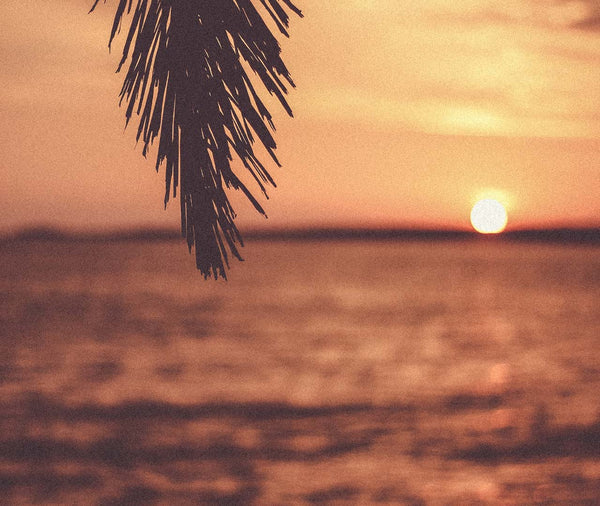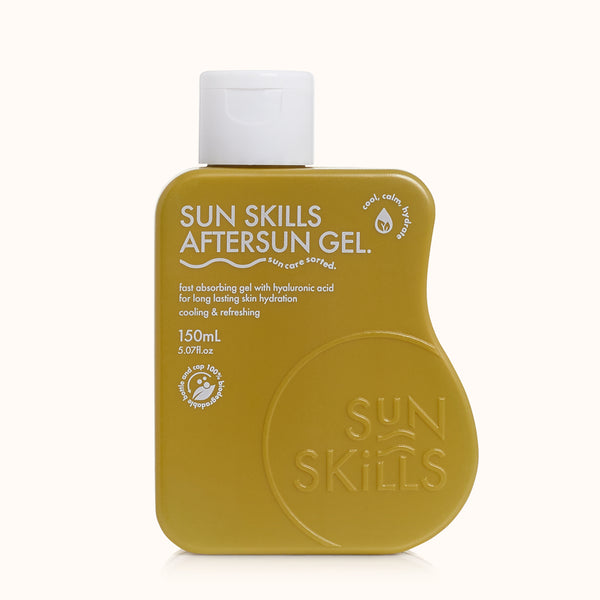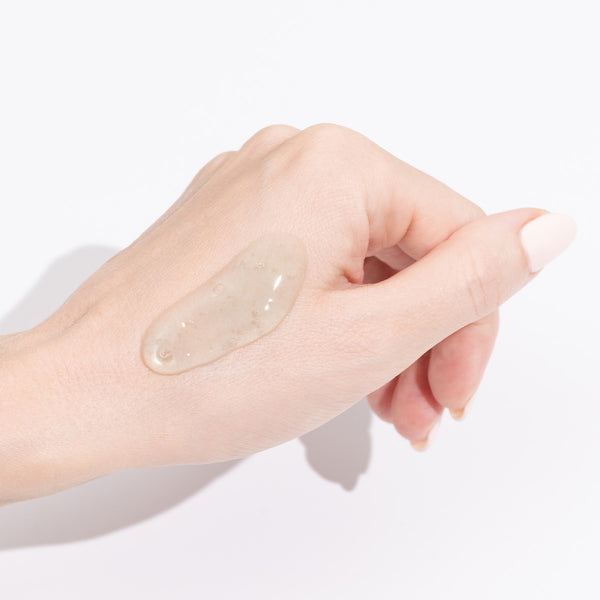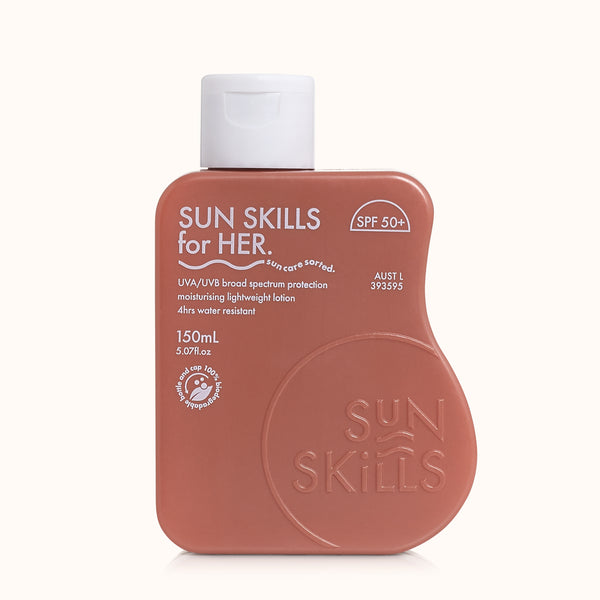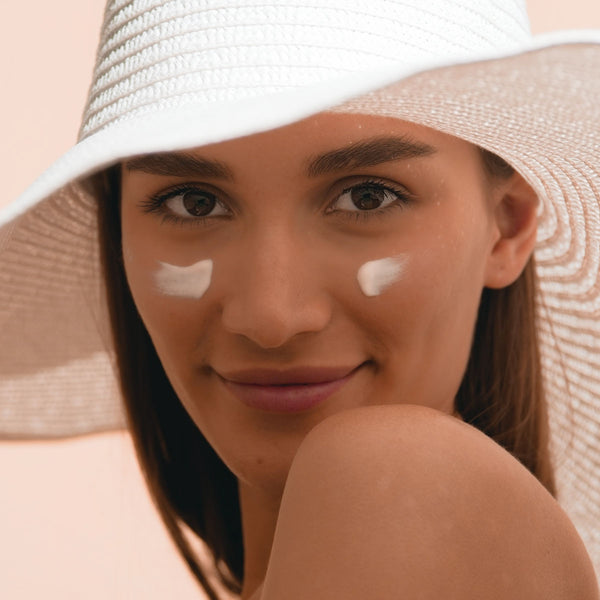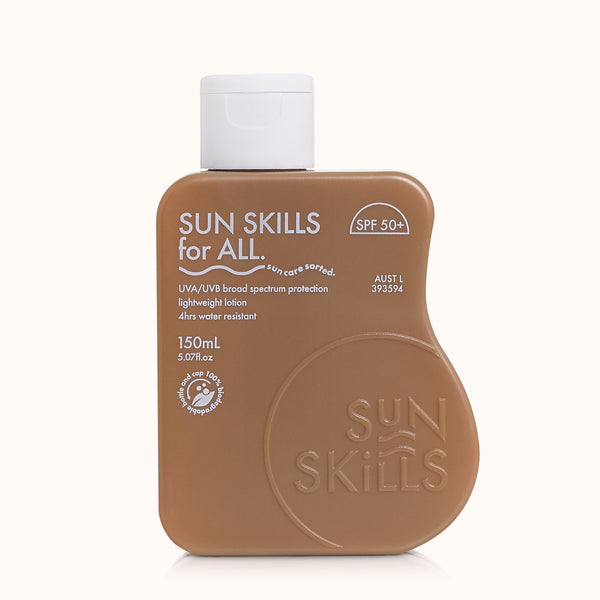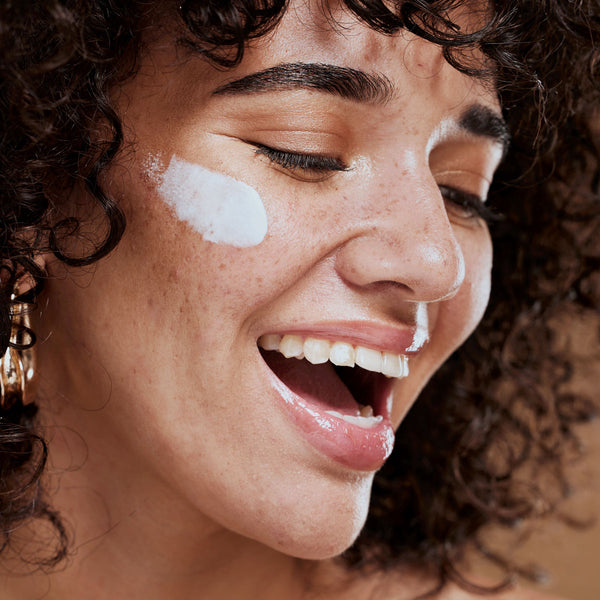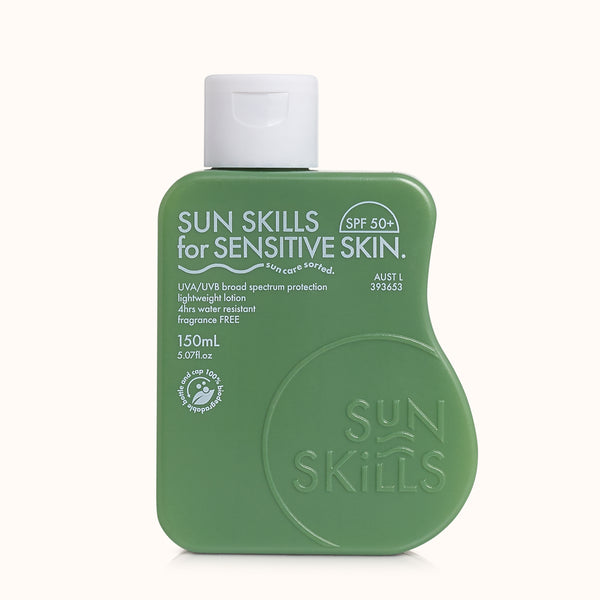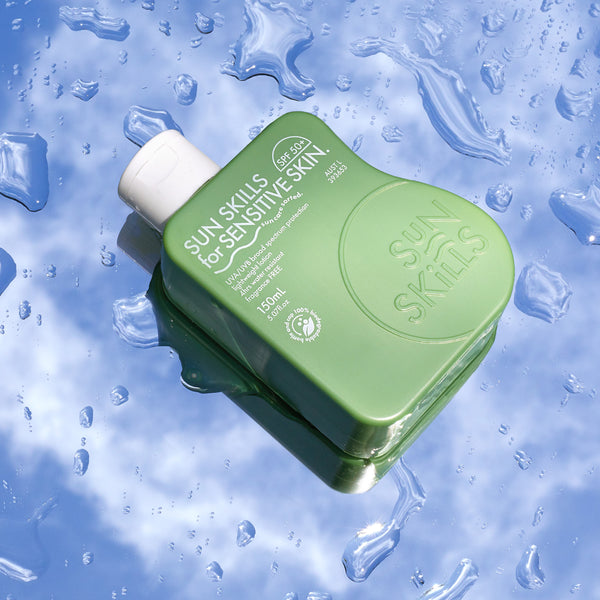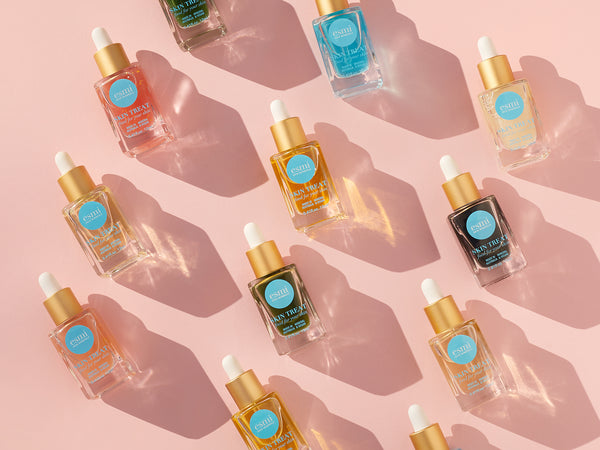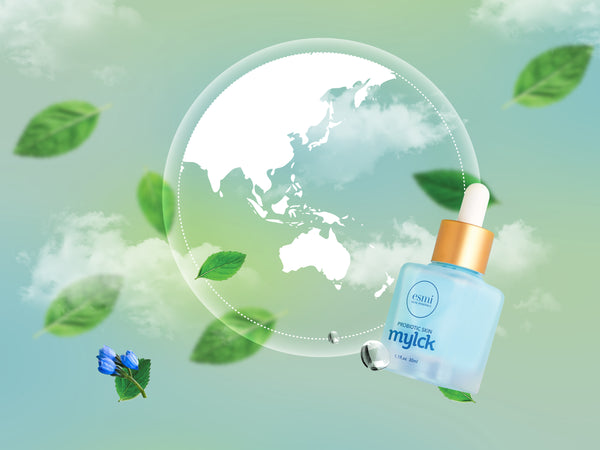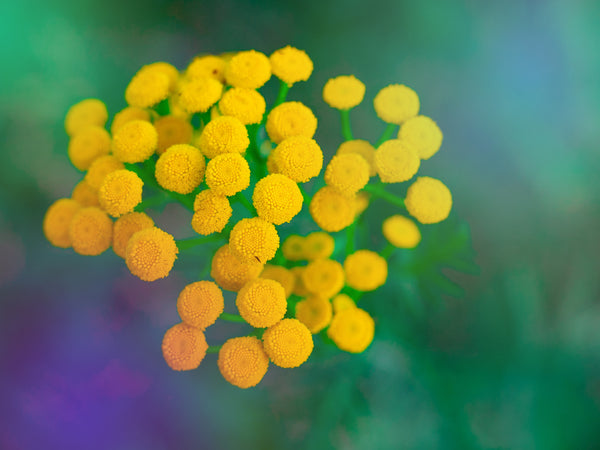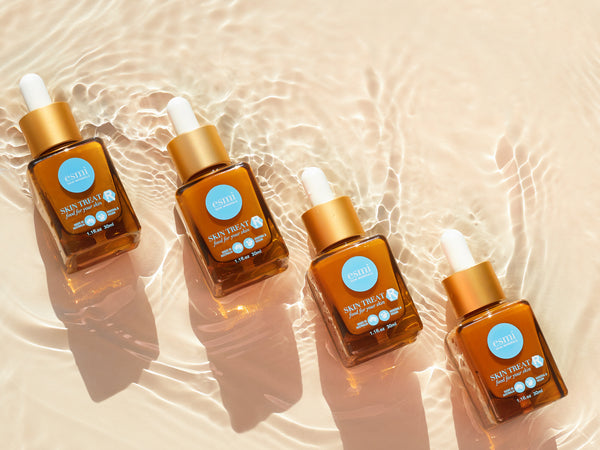UV radiation is a type of natural energy produced by the sun and isn’t the same as heat, which is infrared radiation. Australia has some of the highest levels of UV radiation in the world so to prolong your skin's youth and prevent unwanted fine lines and pigmentation, daily protection is essential.
What Are The Three Types Of UV Radiation?
H3: What Is UVA?[Text Wrapping Break]UVA rays have the longest wavelengths with up to 95% of their radiation reaching us. Known as passive exposure, it can break through windows and cloud cover with skin trying to protect itself by darkening, resulting in a tan. It’s not quite as glamorous as we think baking in the sun for a bronzed glow is. UVA rays penetrate the skin more deeply, entering as deep as the second layer of skin! This produces free radicals and causes DNA cell damage which can lead to wrinkles, premature aging and pigmentation.
What Is UVB?
It’s all thanks to UVB rays that we experience sunburn, skin reddening and blistering. These rays penetrate the outermost layers of skin to damage our epidermis all year round so are strongly linked to skin cancer and melanin production. UVB has a medium wavelength and although shorter wavelength radiation is stronger and more damaging, it’s also less effective at penetrating the skin, phew.
To simplify things, we like to think of UVA for aging and UVB for burning.
What Is UVC?
UVC is the most dangerous type of radiation but it’s filtered by the ozone layer so doesn’t reach the earth’s surface and can’t damage our skin, love that for us!
What is the UV index?
The UV Index (UVI) is an internationally standardised numerical scale developed by the World Health Organisation to measure the amount of UV radiation we’re getting. It starts at zero, like our motivation in the morning, and has no limit so the higher the UVI the greater the damage to our skin.
The levels are affected by geographic location, altitude, time of day or year and cloud cover. We have some of the highest levels of UV in the world with most parts of Australia reaching 11 or more on the UVI in summer. This is because we’re close to the equator, where UV levels are highest, and we’re closer to the sun in summer than the northern hemisphere.
//Graphic Of UV Index//
Most of us are used to adjusting our plans and clothes based on the weather so why not start doing the same when you check the UV Index?
How Much UV Is Harmful For Skin?
You can’t see or feel UV radiation so it can be difficult to know how strong it is and what effect it will have. When the UV Index is between 0-2, you’re generally safe to go outside without protection however it should be your priority if it’s 3 or higher. People who have skin that’s sensitive to light can’t protect themselves from UV radiation for long so it can start becoming harmful after about 5-10 minutes.
If you aren’t up for checking the UV Index every time you leave the house or know you’ll be spending long periods of time outdoors, why not just apply your sunscreen and wear a hat daily?
When Is UV Strongest?
Sun protection times vary according to your location and change throughout the year although, on a clear day, the UV level will be the same three hours before midday and 3 hours after midday. You’ll face direct exposure when the sun is literally shining on you but indirect exposure can happen when the UV rays are reflected off different surfaces and scattered by particles in the air, how’s that for being a little extra?
Just because the weather isn’t warm doesn’t mean the sun stops shining, even on rainy or overcast days, UV levels can top out around midday. Download the Sun Smart app to check when UV is peaking and get alerts when to reapply.
What Does UV Skin Damage Look Like?
We hate to say it but your skin retains most of the UV damage you receive, it might not look visibly burnt but UV damage is cumulative so your skin remembers all the UV exposure you’ve had over the years. Your body can repair some of the damage in your skin cells but it can’t repair it all, over time this can lead to malignant tumours. Australia has one of the highest rates of skin cancer in the world with sun exposure causing around 99% of non-melanoma skin cancers and 95% of melanomas. The more you’re exposed, the greater your risk which is why it’s so important for outdoor workers to protect their skin all year round.
Sunburn is an immediate effect of the sun’s damage and can be treated at home with our cooling After Sun Gel, packed with hydrating ingredients and restorative properties that soothe your skin when it needs it most. The degree of damage depends on the intensity of UV rays and the length of time your skin has been exposed without protection. Although sunburn may fade within a few days, the damage can’t be undone and adds to your lifetime tally of UV damage.
Sun damage is the number one cause of premature aging with it causing up to 80% of fine lines and wrinkles. It brings about photoaging which is where the skin’s support structure, made of collagen and elastin fibres, is broken down. This leads to a slackening effect causing skin sagging and wrinkle formation. As collagen deteriorates, spider veins are another common flaw that appears on the skin’s surface as red, purple or blue lines. This happens because fragile collagen structure leads to decreased pressure around the blood vessels and reduced elasticity of the skin.
Pigment protects the deeper layers of the skin from sun damage by producing melanin, which also makes your skin look darker or tanned. This can cause uneven pigmentation and give your skin a reddish appearance as small blood vessels stretch. You might also notice sun spots appearing as large freckles or flat brown spots that typically appear on the arms, legs, face, hands and decolletage.
Can UV Benefit The Skin?
It’s not all bad, UVB radiation is actually the best source of natural Vitamin D which helps maintain healthy bones and muscles while absorbing calcium, magnesium and phosphate. Balance is important so there’s no need to bake in the sun, have you read the last three paragraphs? You can actually get enough through regular incidental exposure to the sun like hanging out the washing, isn’t that a double banger!
Which Ultraviolet Sunscreen Is Best?
With good sun protection, skin cancer and premature aging is almost entirely preventable! Ultraviolet sunscreen that combines UVA and UVB protection should be incorporated into your daily morning routine every day. While applying foundations and moisturisers with SPF does provide protection, it’s often a much smaller amount.
Wearing sunscreen doesn’t have to be a greasy pore-blocking burden, future proof your skin today with our range of skin-loving sunscreens so you can practice your Sun Skills.
Banner image by De Jesus Benitez
